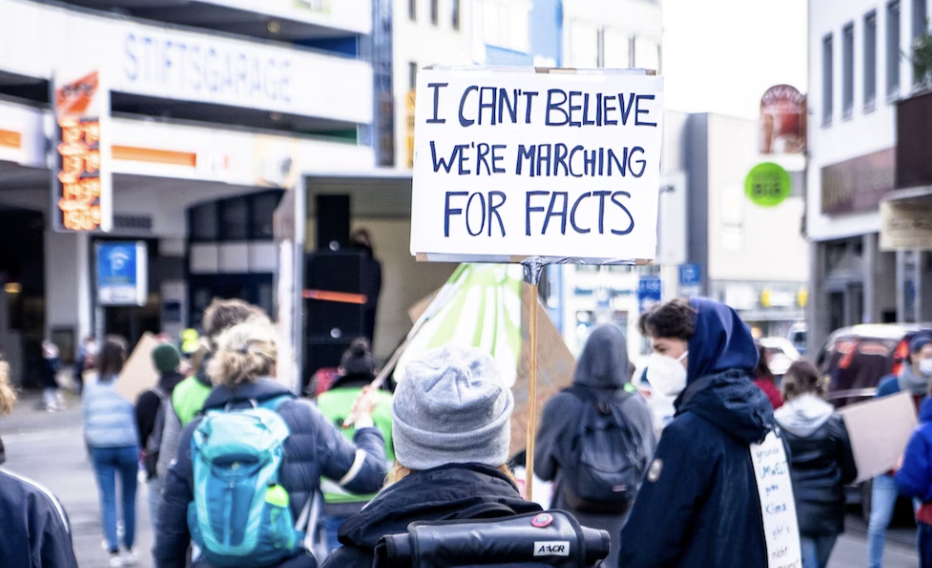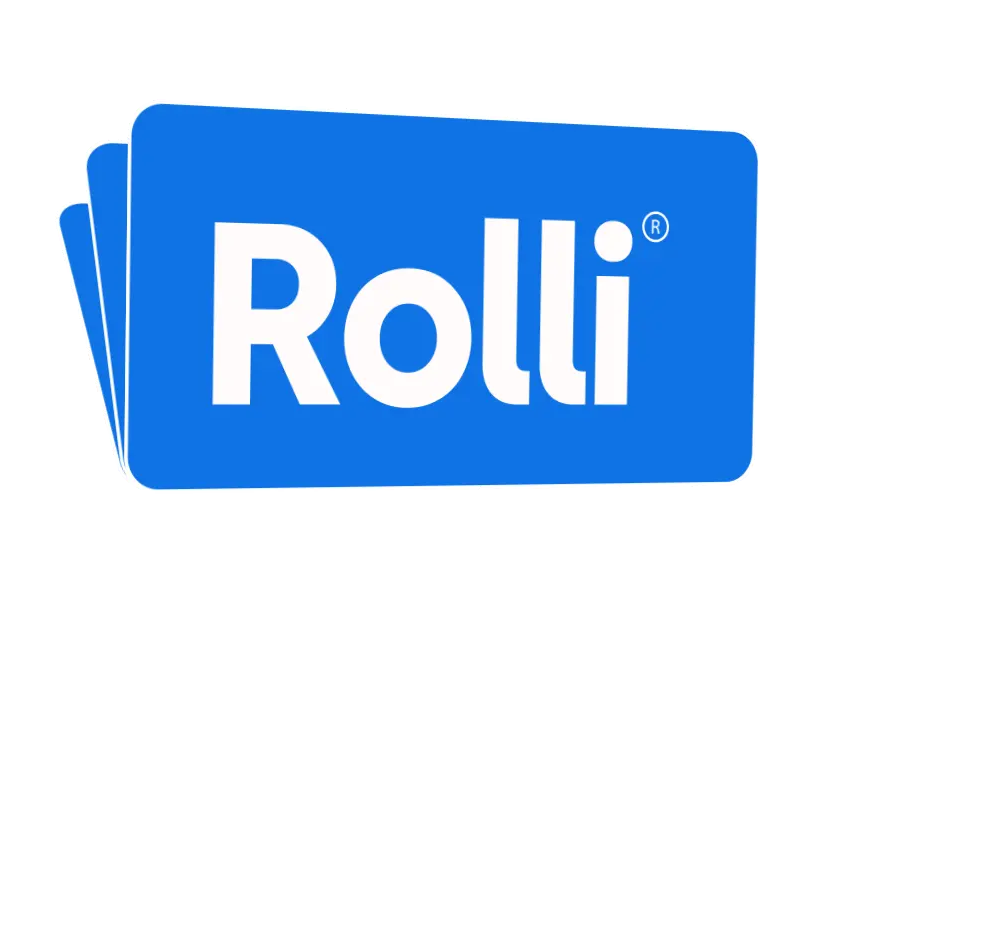Are you aware of the terms misinformation, disinformation, and fake news? These terms frequently intermingle in our digital society, creating a deluge of false narratives that taint the public's understanding of the world. In this blog post, we will delve into each term and discuss the impact they bear on both individuals and societies.
Misinformation, Disinformation and Fake News: How are they different?
First, let's clarify what these terms entail.
Misinformation
Misinformation refers to any incorrect or misleading information, regardless of intent. This may include honest mistakes, misunderstandings, or poorly researched assertions. In other words, misinformation isn't necessarily shared with malice; it's often a byproduct of faulty information or lack of due diligence.
Disinformation
Conversely, disinformation is the deliberate spread of false information with the intention to deceive or manipulate. The originator of disinformation is well aware that what they're sharing isn't accurate. They proliferate it to cause harm, influence opinions, gain financially or politically, or to create confusion and distrust.
This malicious intent is the key distinction between misinformation and disinformation.
Fake News
Fake news falls mostly under the umbrella of disinformation. It is a form of news consisting of deliberate disinformation or hoaxes spread via traditional news media or online social media channels. These are created and shared to deliberately mislead recipients, often for financial, political, or ideological gain.
It's important to remember that the term 'fake news' is often mistreated and weaponized to dismiss or discredit legitimate news stories.
Drawing clear lines between these terms is crucial for a better understanding and conversation about the broader information landscape. While these may appear semantic to some, the distinctions matter because they address intent, and intent reveals motive.
Impact of misinformation, disinformation, and fake news stories

All three - misinformation, disinformation, and fake news - adversely impact societies and individuals. They distort our understanding of reality, hamper informed decision-making and, in the worst cases, incite conflict.
These mixtures of half-truths and falsehoods can tangibly influence public opinion, muddy political waters, and even sway the outcomes of elections. Proliferation of these can be attributed primarily to the explosion of digital and social media platforms. The speed at which users can create, share and spread information is astonishing, which is a triumph for mass communication but also a potential danger because of the relative ease with which false narratives can be disseminated.
Tackling this deluge of disinformation requires concerted action from all sectors of society. It starts with awareness and media literacy – checking sources, understanding the way information is manipulated, and reflecting critically on the intent behind every piece of information.
Moreover, tech companies have a role to play in fighting against misinformation, disinformation, and fake news by enhancing their content monitoring algorithms.
Meanwhile, educators can be instrumental by inculcating critical thinking and media literacy skills among students.
Government regulations also have a role to play, by holding those who spread harmful disinformation accountable, but such measures should be balanced to protect freedom of speech and prevent censorship.
The words misinformation, disinformation, and fake news are more than just buzzwords in today's digital era; they are systemic challenges that need addressing. As we constantly navigate this evolving digital landscape, let us always remember the importance of discerning the truth in an era of ubiquitous information.
Why fact-checking is important
In a world overwhelmed by information, the veracity of news is more critical than ever. Modern journalism prides itself on presenting reliable, unbiased, and most importantly, truthful information to the public. It is the cornerstone of a functioning democracy and societal progress. An indispensable instrument that stands at the forefront of ensuring the truthfulness and credibility of news is 'fact-checking'.
Fact-checking, in simple terms, is the process of scrutinizing the credibility and authenticity of the information before it reaches the public. In the journalistic context, it is the foundation upon which the edifice of trust between the public and journalists is constructed. With the advent of the digital age and the explosive influx of information, the line between trustworthy news and misleading information, also known as 'Fake news', has become increasingly blurred.
Fake news sows the seeds of confusion, mistrust, and division among individuals and societies alike, making fact-checking even more vital. Fact-checking serves as a defensive bulwark against fake news, keeping public discourse rooted in truth and reality. Fact-checking underpins the credibility and integrity of journalism. In a field where accuracy is king, a journalist’s reputation depends heavily on their commitment to truth.
By ensuring every piece of information disseminated is accurate, journalists enhance their credibility, bolster public confidence, and engender trust in the news organization they represent. In this way, fact-checking becomes instrumental in preserving the fundamental journalistic values of truth, objectivity, and fairness. Furthermore, fact-checking is critical in empowering the audience to make informed decisions.
We live in a world where crucial political, economic, and social decisions hinge on the information we consume. If this information is inaccurate or false, it leads to misinformed decisions with potential far-fetching consequences. By fact-checking, journalists ensure the public receives accurate information they can use to make reasoned judgements and decisions, fortifying democracy at its most basic level.
Fact-checking also fosters accountability, especially with figures in power and influence. By meticulously scrutinizing statements, claims, and data from these individuals, journalists ensure that power doesn't go unchecked. When a public figure realizes their words may be fact-checked, they are more likely to be circumspect about their claims, enhancing transparency and promoting accountable governance.
Nevertheless, the importance of fact-checking does not diminish the role of the audience in discerning the authenticity of news. In the era of citizen journalism, where everyone can publish content freely, the public also shares the responsibility of fact-checking. News consumers need to be critical thinkers and not passive recipients, scrutinizing information, questioning its source, and therefore becoming an active part in safeguarding the truth.
The backbone of modern journalism lies in its commitment to factuality. Fact-checking fortifies this commitment and helps journalists achieve the ultimate goal: delivering accurate, reliable, and truthful news. Despite being labor-intensive and time-consuming, the role of fact-checking in shaping a well-informed society and fostering trustful public discourse is indispensable.
As the tide of misinformation and fake news continues to rise, the need for vigilant fact-checking becomes increasingly paramount, reinforcing the pillar of truth upon which quality journalism stands.While the oceans of information expand and the waves of misinformation rise, let fact-checking be the lighthouse guiding us towards the shores of truth.
To learn more about this, check out this blog post on why journalism is an important part of a functioning democracy.
How journalists fact-check for accuracy:
In the dynamics of journalism and reporting, thorough fact-checking is an integral practice that helps journalists ensure the credibility and accuracy of their stories.
As gatekeepers of information, journalists have a responsibility to provide a reliable source of news to the public, and the process of fact-checking is one of their most potent weapons in this pursuit. It is an intricate process that demands diligence, intellectual curiosity, and a staunch commitment to the truth.
The first step in fact-checking involves scrutinizing each element of a story. This process includes the verification of names, dates, places, and other crucial details that are central to the storyline.
Journalists might utilize primary sources such as direct quotes or video footage for this purpose, or they might consult reliable secondary resources such as books, articles, and reputable websites. Journalists might also use the services of professional fact-checking organizations that provide resources and training on rigorous verification processes.
Journalists take utmost care while dealing with sources. They tend to distinguish between primary sources (people directly involved in the story or eyewitnesses) and secondary sources (people who provide analyzed and interpreted information). Understanding the bias or motive behind a source is also critical in extracting true information.
Holding face-to-face interviews is also an essential aspect of a journalist's fact-checking routine. Rather than accepting information at face value, journalists ask for clarification, back-up information, or other forms of verification. They would rather be thorough in their questioning than risk the reputation of their outlet by spreading misinformation.
Furthermore, the multiplication of digital platforms has introduced another layer of complexity to fact-checking. Journalists often check digital footprints, verify social media posts, and use tools that enable them to detect digital manipulation. For instance, Google Reverse Image Search and TinEye can be used to verify if an image has been altered or used out of context.
However, even those with the most tuned-in digital antennae are not immune to the spread of misinformation. When in doubt, journalists often turn to fact-checking websites such as FactCheck.org, PolitiFact, and Snopes. These resources have played an increasingly important role in busting myths and debunking false claims, particularly in the era of 'fake news stories.'
Beyond these steps, the very essence of journalism—critical thinking—is the overarching method used in fact-checking. Journalists approach their stories with a healthy dose of skepticism. They, conspicuously or not, work on the principle of 'trust but verify.'
They aim to present balanced stories by reporting diverse perspectives without favoring a particular narrative. Finally, in cases where errors slip through the cracks, ethical journalists will issue corrections promptly.
News outlets committed to the truth will have a procedure laid out for correcting mistakes, emphasizing transparency and reliability.
Fact-checking is not just a series of tasks. It is an ethos, a mindset, a commitment to the core values of journalism: truth, accuracy, and fairness.
As consumers in an information-saturated world, understanding how journalists fact-check helps us discern and appreciate the hard work that goes into producing reliable news stories. It underlines why journalism, despite emerging challenges and criticisms, remains an indispensable pillar of any functioning democracy.
